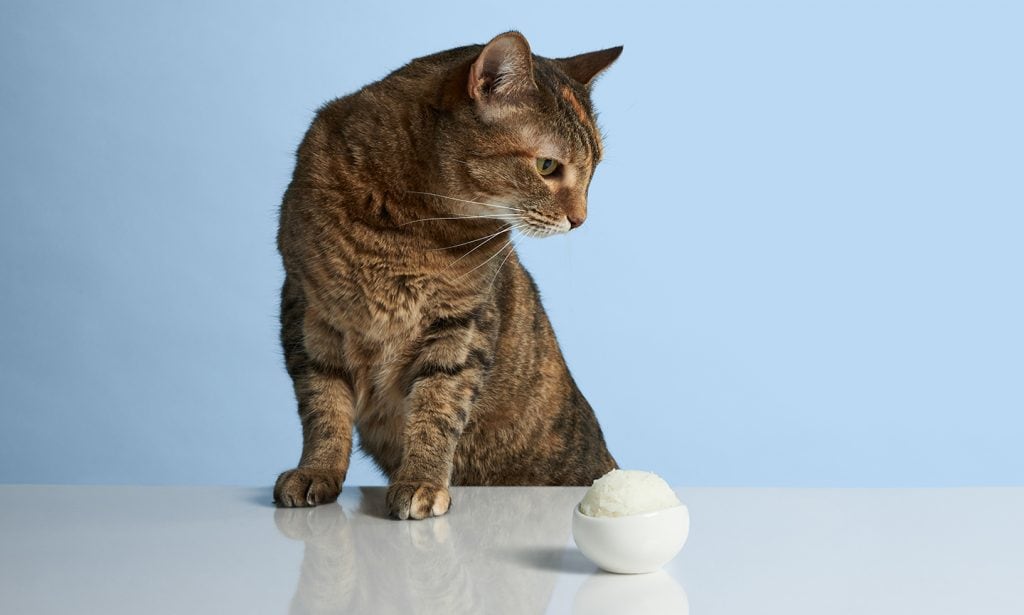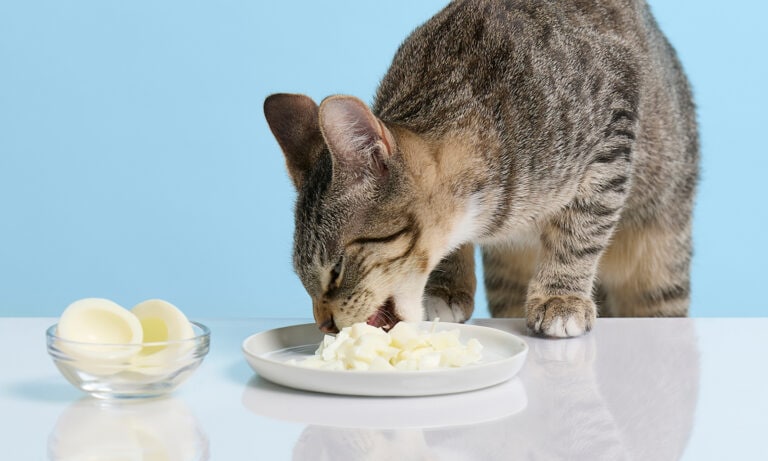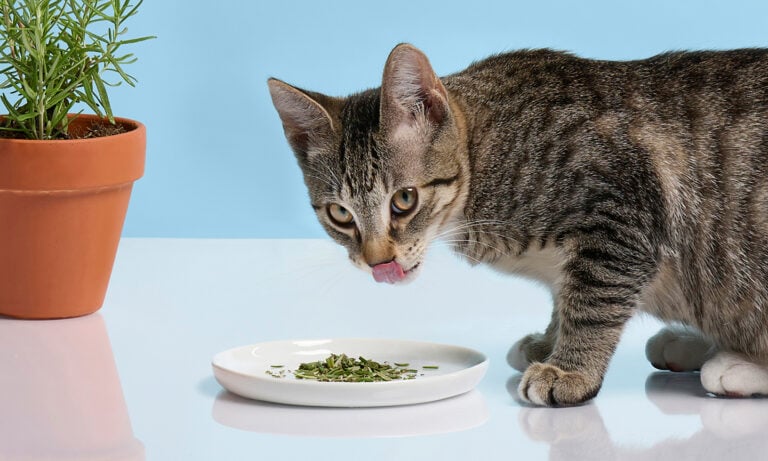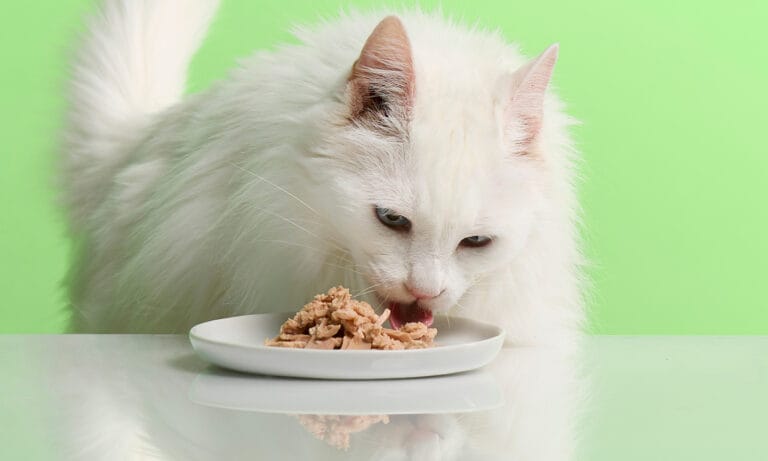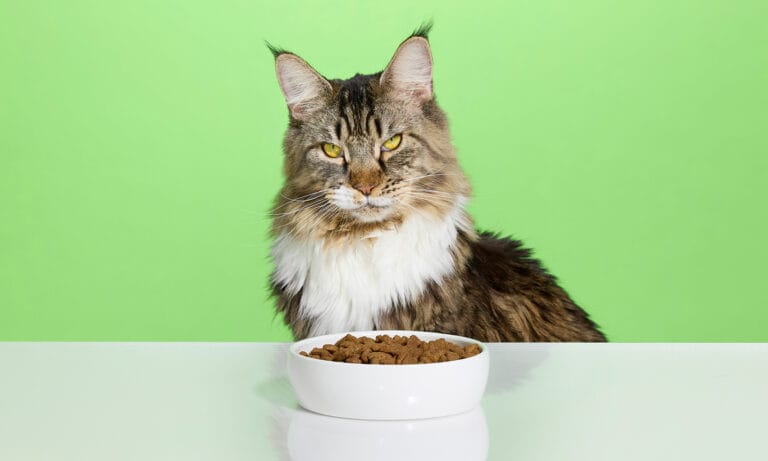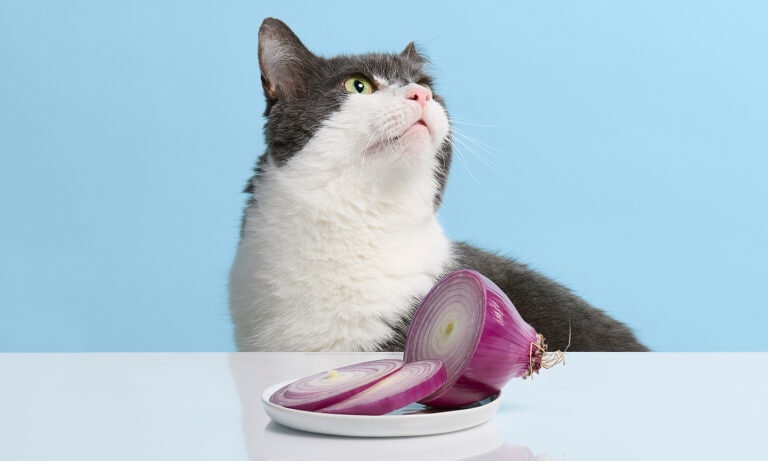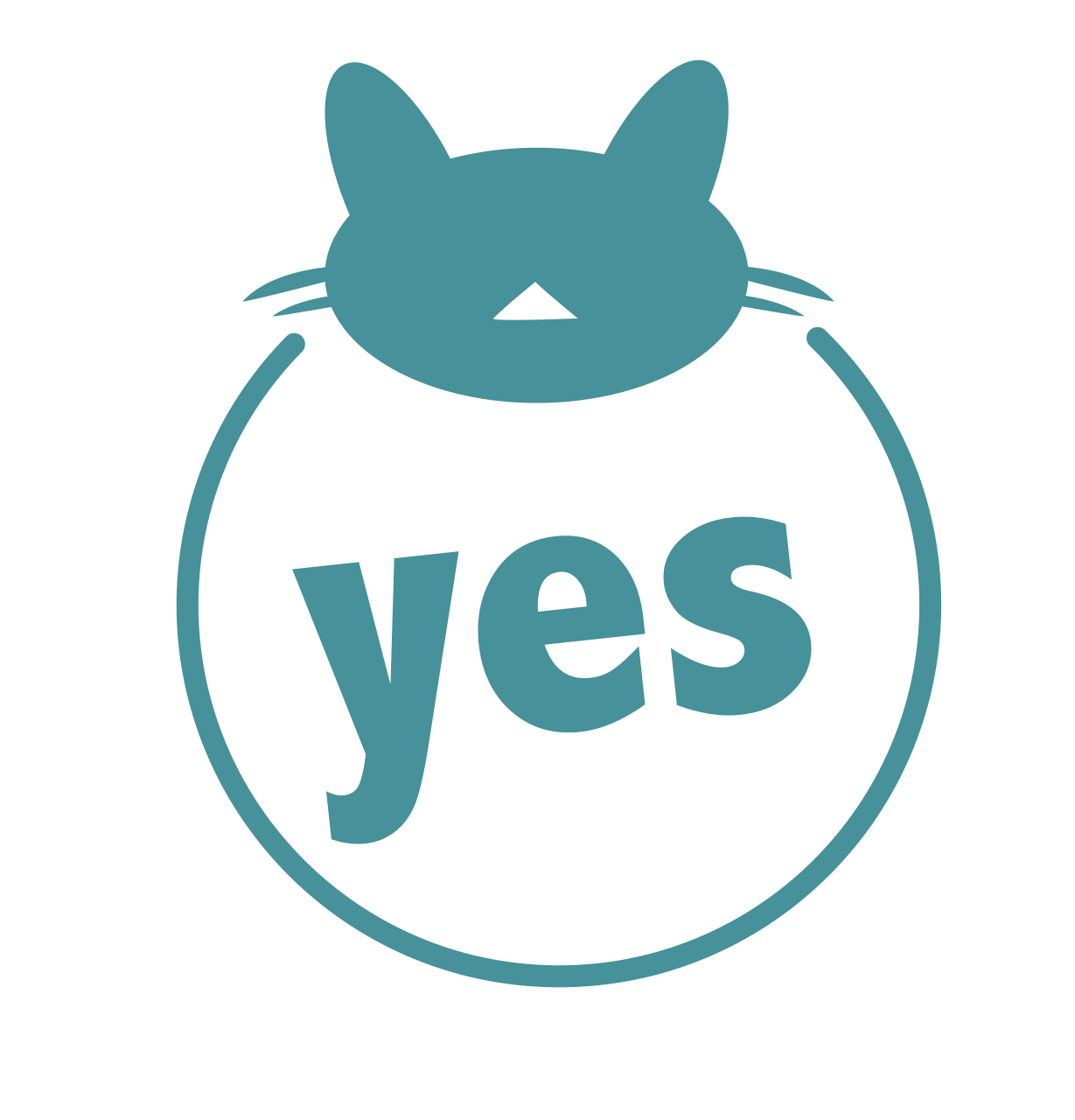
Click the buttons to jump to each section:
FAQs About Cats and Rice
Q:Is plain rice good for cats?
A:While plain rice is safe for cats, it doesn’t provide any nutritional benefits, says Dr. Rachel Barrack, DVM, CVA, CVCH, and owner of New York City-based veterinary practice Animal Acupuncture. That’s because…
- Cats are obligate carnivores, meaning they benefit from high protein diets.
- Felines have very limited carbohydrate needs. That’s true for most cats, so plain rice—being a carbohydrate—doesn’t have much of a health payoff for kitties.
- Cats can have difficulty processing and digesting carbs, like rice. Plus, eating too many carbohydrates can predispose purr babies to conditions like obesity and diabetes.
Q:Can cats eat brown rice? Is brown rice better for cats?
A:Sure, cats can eat brown rice. And while brown rice is technically slightly better for cats (over white rice), “neither have much nourishment for them,” Dr. Barrack says.
Brown rice has slightly more nutrients than fortified white rice, but because cats can only have a small taste or two of rice, the nutritional pros and cons of each aren’t going to make huge differences for our feline friends, she adds.
Q:Can cats eat plain white rice?
A:Yes, cats can eat plain white rice. If they handle it well, it won’t hurt them to have a tiny taste now and again. If you decide to serve some grainy goodness to your cat:
- Keep servings small. Just offer a teaspoon of rice.
- Dole out rice as an infrequent treat. It’s not an essential part of your pur-ry friend’s diet, so no need to overdo it.
Q:Is white rice toxic to cats?
A:White rice is not toxic to cats. However, “many cats do have difficulty processing and digesting carbohydrates such as white rice,” says Dr. Barrack. Carbs can also make our cool cats prone to weight gain and diseases, like diabetes, she adds.
Q:Why is it bad for cats to eat white rice?
A:While not technically “bad” for them, white rice isn’t particularly helpful for cats because they’re obligate carnivores. This means they benefit from a meat-based diet, and as Dr. Barrack points out, “the majority of felines don’t have much need for carbohydrates.”
Q:How much rice can a cat eat?
A:How much rice a cat can eat depends on their overall daily calorie intake. Here’s how to figure out the appropriate amount of rice:
- Total treats should be no more than 10 percent of your cat’s daily calorie intake. Let’s say your kitty takes in 200 calories a day. Treats should then make up no more than 20 calories of their daily food allotment. Because a teaspoon of rice has only about 5 calories, that’s 2.5 percent of their overall calories—well within snacking range.
- Talk to your vet about your kitty’s needs, and try this handy calorie calculator from the Pet Nutrition Alliance.
- Observe your pet. If your feline is healthy, likes rice and has no ill effects from indulging, it won’t harm adult cats to have some rice in their wet cat food or as a separate little tidbit.
- Don’t use rice as a meal replacement. Rice isn’t a requisite part of cat diets; and while the periodic bite or two is appropriate, it doesn’t provide the needed sustenance for tip-top feline health.
Q:How often can a cat eat rice?
A:How often a cat can eat rice depends on your cat’s overall health and tolerance for this food. For fit felines with a hankering for rice—as long as they digest it well and have no underlying health issues—a bite of plain boiled or steamed rice once in a while is reasonable.
“Keep in mind that cat treats should not account for a significant amount of their daily calorie intake,” says Dr. Barrack. Rice should only be an infrequent refreshment, since indulging in too many carbohydrates can cause long-term health issues, as well as diarrhea, bloating and gas.
Benefits of Feeding Cats Rice
If little green eyes is watching you munch on some rice, feel free to treat your cat to a small bite. Cooked rice is definitely on the list of safe snacks for cats to nibble on now and again. Although rice doesn’t exactly provide much nutritional benefit, there are some benefits to treating your cat to a small amount of rice. They include:
- Cooked plain rice is nontoxic. As long as it agrees with their digestive system, rice is a perfectly safe human food for cats to nibble on intermittently, says Dr. Barrack.
- Rice is useful for cat treats. In small amounts, it’s a reasonable choice, notes Dr. Barrack.
- It can play a small role in a nutritionally balanced cat diet. As a filler ingredient, rice is included in a number of commercially available cat foods.
- Rice is an acceptable way to hide medicines.
- Kitty digestion might be aided. Some veterinarians recommend boiled or plain rice as an aid for gastrointestinal issues. And brown rice, which has a good amount of fiber, might also be used to help with constipation (just be sure to check with your veterinarian before using rice for any cat GI situations).
- Brown rice has some good nutrients. While cats won’t get near the nutritional punch us humans do, brown rice has some healthy qualities. Since it’s a whole grain, it still has the bran and germ, meaning it contains a slew of nutritional goodness that, even if minimal for our kitty friends, certainly won’t hurt them. Those nutrients include:
- Fiber
- Protein
- Vitamin B1
- Vitamin B3
- Vitamin B6
- Iron
- Magnesium
- Antioxidants
- Enriched white rice also has helpful vitamins and minerals, including iron and folic acid.
Downsides of Feeding Cats Rice
Although rice isn’t toxic and does have benefits, there are some downsides of feeding cats rice. They include:
- Nutritional advantages may be lost on cats. Since kitties can only have the itsiest amounts, the health merits of rice as treats are fairly limited.
- Cats could fill up. It’s a filler food after all, so chomping on too much rice may actually stop cats from eating enough of the beneficial meaty diet they really rely on.
- Digestive tracts may act up. Because cats are obligate carnivores—meaning they should dine mostly on meat–they aren’t well-suited to process grains. Some felines will have no problems whatsoever, but don’t be surprised if their systems get gloomy after a rice snack. “Many cats have difficulty processing and digesting carbohydrates,” says Dr. Barrack.
- Cats have no real need for carbohydrates. Kitties benefit most from high protein diets, asserts Dr. Barrack. Although some commercial cat foods do include grains like rice as fillers, these are added in only small specially calibrated amounts.
- Health issues might crop up. Carbs can raise blood sugar, and Dr. Barrack notes that too many such foods can make cats more susceptible to problems, like obesity and diabetes.
How to Feed Rice to Cats
If your kitty likes digging into rice and they tolerate it well, treating them to small bites every once in a while is fine. Let them enjoy a sample as a treat, or try it as a way to hide their meds.
Here are some tips for serving rice to cats:
- Give them plain brown or white rice. They can eat either type of rice, however, Dr. Barrack cautions that there are other, smaller grains, like barley, cornmeal and couscous, that confer more health benefit and are typically easier for cats to process. “Of course, cat treats such as fish, meat or even veggies would be much better options,” Dr. Barrack says.
- Snacks should account for only a small portion of your cat’s daily intake. No more than 10 percent of their calories should come from indulgences like rice.
- Present cooked rice only. Never give your cat uncooked rice. Raw rice is hard for them to digest and may also contain lectin, a plant protein that acts like a natural pesticide. If eaten in large amounts, it could cause intestinal issues, like diarrhea and vomiting.
- Leave it up to your cat. Let finicky felines decide if they want to try a new food like rice or not. Start with a few grains of plain cooked white or brown rice and let your kitty smell them. If they walk off in a huff, that might be your answer. But if they’re willing to sample some, seem to enjoy the taste and don’t get tummy troubles, it should be fine to dish rice out every once in a while.
- Steer clear of rice with additives, seasonings or sauces of any kind. These added ingredients could have ill effects on kitty’s digestive system. So, if you’re a feline with a sensitive stomach, no salt or soy sauce for you!
- Mix in cat-safe cooked veggies such as carrots, zucchini or peas. This might prompt more interest from your little gourmand, along with upping the nutritional ante. Just be sure to check with your vet first to make sure these adds are OK for your buddy.
- Choose a tiny amount of brown rice over small quantities of white. Nutritionally, it’s a tad better: It’s higher in fiber and has antioxidants.
- Keep servings minimal and occasional. Rice should never be dished out in place of cats’ regular pet food because it doesn’t contain the necessary nutrients for optimal kitty health.
What Else Can Cats Eat?
Share:
